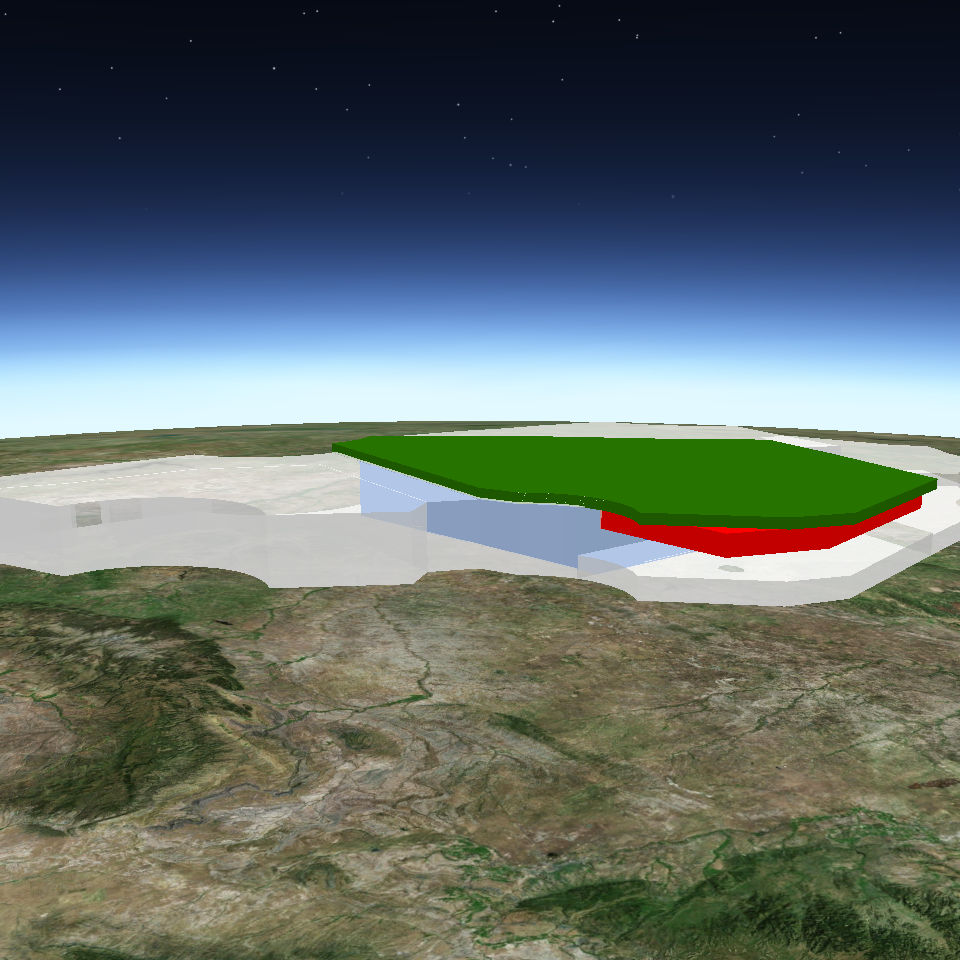Overview
Lack of connectivity, loss of habitat, and habitat fragmentation are limiting factors in maintaining viable populations of highly habitat specific species, such as koalas. In South East Queensland, the pressure of increasing urbanization on viable land supporting koala populations has been evident as shown with the enacting of the Nature Conservation (Koala) Conservation Plan in 2006. Combining the use of genetic diversity information, circuit theory, and geospatial analysis, one can weigh the multiple driving factors on habitat decline and impediments to koala movement to gauge the potential ideal locations for focusing conservation efforts in establishing connectivity corridors.
October 2012
Koala Habitat Connectivity within the Greater Brisbane Area
A poster was generated to illustrate the use of network analysis to determine the level of koala habitat connectivity in the greater Brisbane area.
March 2013
Resistance Surface of Redlands Local Government Area Generated from Empirical Data
Independent rasters of vegetation height, infrastructure, and habitat quality were combined to generate a resistance surface for input into the circuit theory based model.
May 2013
Comparison of Redlands City Council Derived Habitat Corridor and the Habitat Connectivity Model
The Redlands City Council Least-Cost corridor between the two furthest koala habitat patches was overlain against the final output of the circuit theory based model, which weighed potential impedances against koala genetic distributions.






